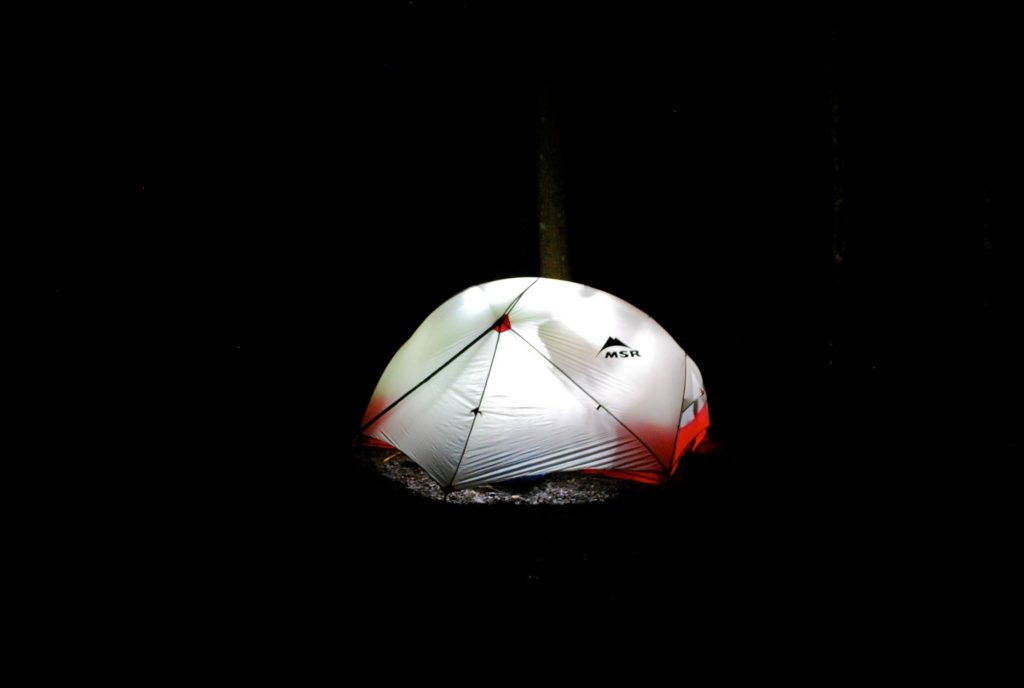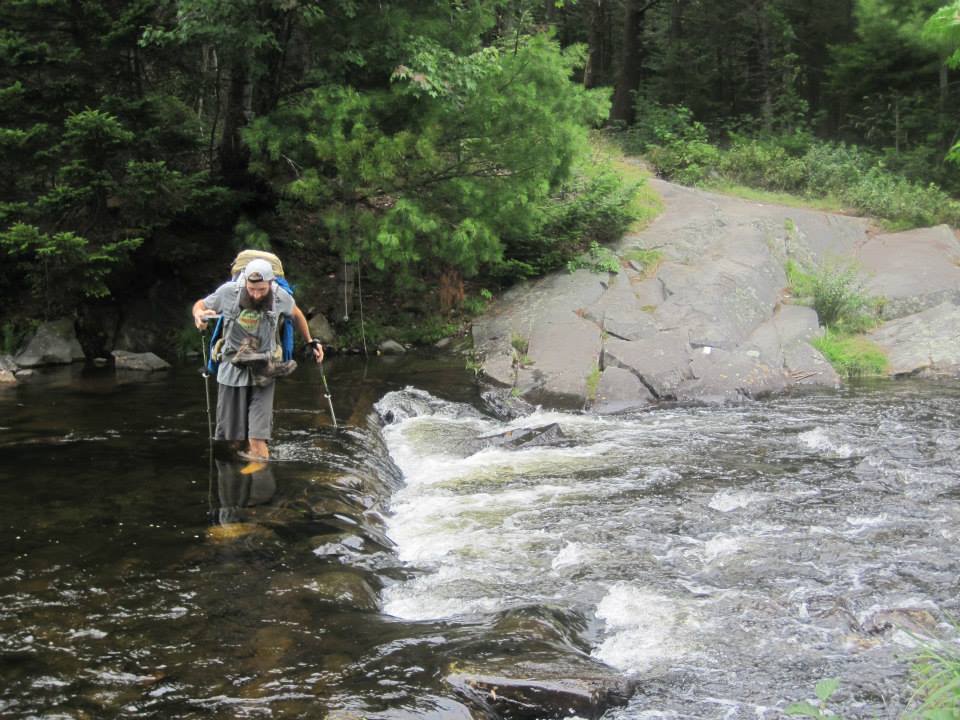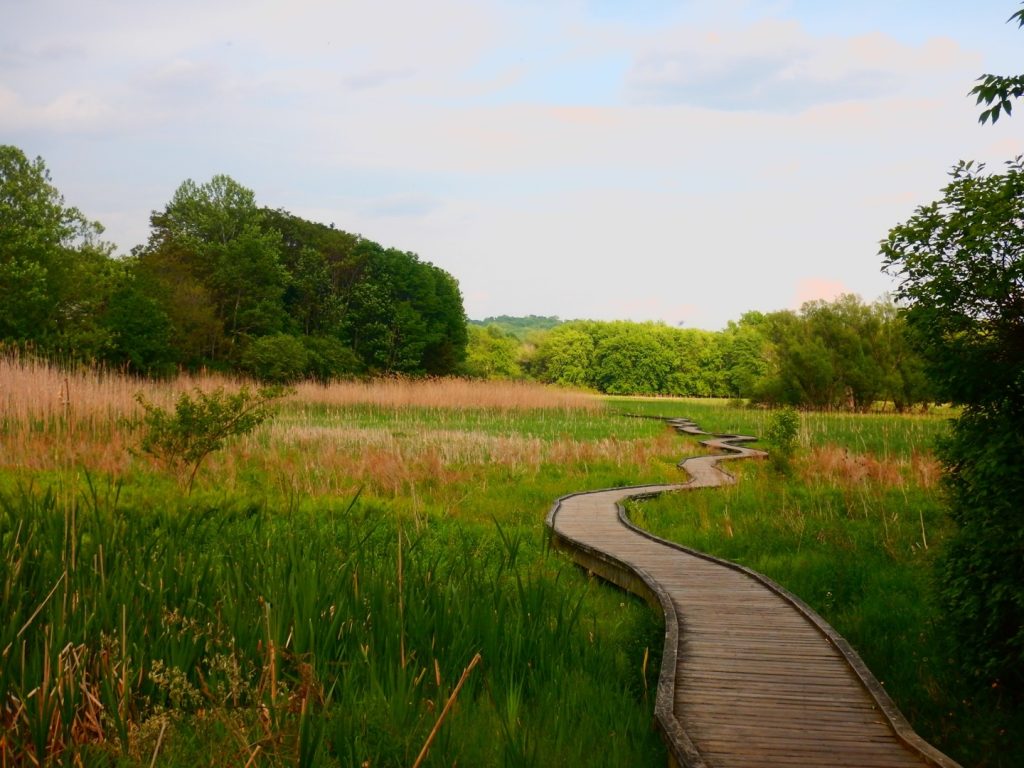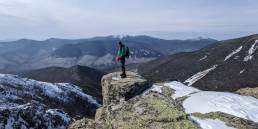Each year, thousands of people head to Georgia or Maine, looking to start their journey across almost 2,200 miles of wilderness. Most of these Appalachian Trail hikers choose to work their way north, giving them time to build up strength for the harder sections later and to get the full (social) AT experience.
So, if going northbound on the AT is the more popular option, then why should someone start their thru-hike in Maine? It turns out, heading down the trail might be the way to go.

1. Get the toughest part done first
One of the biggest complaints against going southbound (SoBo) is the beginning: It can be boring, especially when compared to the finale. When starting in Maine, hikers spend day one on Mt. Katahdin, the highest and toughest mountain on the trail. Even after the 4,200-foot ascent, the mountain is immediately followed by the 100 Mile Wilderness, which requires eight to ten days without resupply—which means you’ll need to carry all of your food. Plus, the Presidential Range and New Hampshire’s White Mountains loom in the distance, making the first few weeks a challenge, to say the least.
From the start, this route is only for those of strong will and even stronger bodies. But, once the trial by fire is over, it’s a (relatively) easy hike from there on out.

2. Finding shelter is less of a hassle
Half of the northbound journey’s allure is the social aspect. With so many other hikers headed the same way, it’s easy to find a group to join you. The downside? Finding room in the shelters along the trail becomes a pain.
When traveling southbound, you can worry less about shelters being crowded. At the beginning, there aren’t too many other hikers trying to camp out—they’re all in the Southern areas—and by the time you start running into northbound hikers, a majority of them have either dropped off the trail or have spread out. So, while the solitude might be overwhelming at times, at least you’ll know where to sleep when night rolls around.

3. No time crunch to the finish
Among the many things that go into planning a thru-hike of the Appalachian Trail, scheduling around the seasonal closure of Maine’s Baxter State Park is one not to overlook.
For people traveling northbound, timing is more important if they want to finish in one go. If hikers go too late, they may risk getting shut out of the trip’s last leg when Baxter State Park closes in mid-October for the winter. But, southbound backpackers don’t have that problem; once the park opens in May or June, there is no rush to finish, as none of the Southern parks close for the season.

4. Less time in cold weather
Despite leaving several months later than northbound hikers, those heading southbound have to worry more about summer than winter weather. Most hikers going south leave around June or July, once Baxter State Park is open, and are usually traveling through the summer and fall months. Only during the last month or two does the winter weather start to kick in, though, by that point, you’ll be much further south.
On the other hand, backpackers heading north are usually dealing with winter weather in March and April, and still have cold conditions to look forward to in New Hampshire and Maine when they arrive in September or October.

5. Join an even more prestigious group of hikers
Hiking the Appalachian Trail is without a doubt an impressive feat for anyone to accomplish, and being a part of the 2,000-Miler club is something to be proud of, no matter how long it took or what route worked out best. However, out of the thousands of people who have completed the journey, only about 1,250 hikers, as of 2014, have completed the SoBo Appalachian Trail. That means, anyone who joins that list will have a little bit more to brag about at the next thru-hikers’ bar.
Conor McKoy
A hiker, a climber, and a traveler, Conor loves being outdoors and on-the-go. Growing up in the New York City suburbs, his first taste of the outdoors was a small strip of woods next to his house. As a kid, exploring the woods fueled Conor's desire for adventure. He's hiked around places like Bear Mountain in New York, Hangman's Rock in North Carolina, and Howth's Head in Ireland. His biggest achievement so far has been trekking Mount Washington this past winter. Conor's dream is to one day join the 2000 miler's club for the A.T.
Related Posts
April 12, 2024
Explore Like a Local: The Outdoor Mecca of North Conway, NH
There's a lot to love about this New…
April 3, 2024
5 Things To Do in the Boston Area During Mud Season
Adventure opportunities are abundant…




